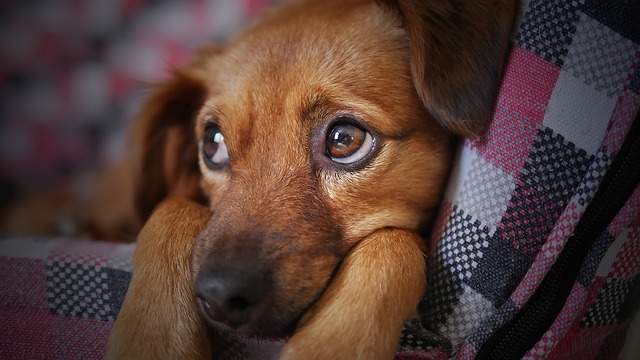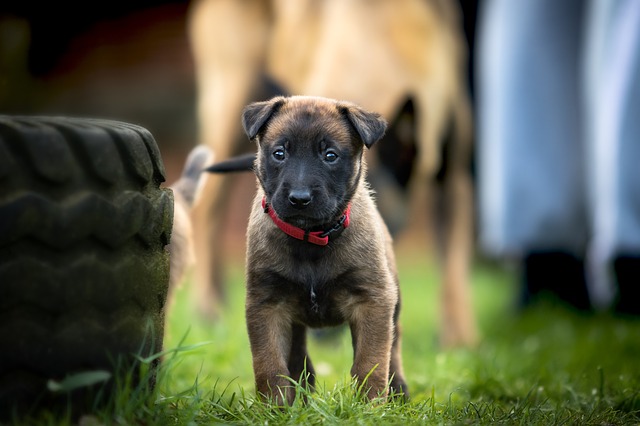With their satiny soft ears, perfectly plump paw pads, and irresistible puppy dog eyes, falling in love with your new puppy is easy. What you teach your new puppy, however, is a different story.
Countless cute puppies grow up to be adult dogs with unmanageable behavior problems, and animal shelters are filled with dogs that were surrendered because no one took the time to train them. If you want your puppy to grow into the adult dog you’ve always wanted, training should be a top priority. Puppies are never too young to learn, and your training sessions should start the day you bring your new family member home.
Here are the first 10 lessons to teach your new puppy to get your relationship started on the right paw.

1. Potty Training
For the sake of your flooring, potty training should be first on the agenda of things to teach your new puppy. You’ll need to consider your living situation and your puppy’s vaccination schedule before getting started, but potty training a dog always depends on the same three steps.
First, show your puppy to their designated potty spot. Say something like, “Go potty,” and reward them when they do their business.
The second thing you’ll need to know is what to do when your pup makes a mistake—which they inevitably will. If you catch your puppy lifting a leg or taking a squat on the carpet, calmly interrupt them and lead them outside to their potty spot. If you don’t catch them in the act and only find the stinky evidence of their crime, there’s unfortunately nothing to do but grab the carpet cleaner. Scolding them after the fact or rubbing their nose in the mess won’t do you any good—in fact, it’ll seriously damage your budding bond.
Finally, keep your expectations in check. It’s generally understood puppies can only “hold it” for as many hours as they are months old. That means your two-month-old pup will need to go to the bathroom every two hours.
2. Appropriate Playing
A puppy that play bites can be cute, but the older they get, the worse the problem will be. To set your pup up for success, teach your new puppy appropriate play starting during your first play session. If they play with their teeth or claws, immediately stop playing and say something like, “Ouch!” in a startled tone of voice.
They won’t learn the “no teeth” lesson on the first try, but if you’re consistent, they’ll eventually connect the dots and realize if they bite, the fun is over. Dr. Becker with Mercola Healthy Pets also reminds pet owners that rough punishment is never the answer to training a puppy. She says,
“Whatever you do, don’t try to manage your puppy’s aggressive behavior by acting aggressively yourself. It’s never appropriate or productive to hit or shake a puppy, or grab his muzzle.”
3. Focus
Your puppy’s train of thought probably goes something like this, “Oh, look, that hooman is talking to me. That’s a nice hooman, I wonder what—SQUIRREL!” It’s adorable, but it’s not ideal for training. Without first establishing focus, all future training sessions will both start and stop in frustration.
The first lesson to teach your new puppy to focus is the “look at me” game. The rules are simple; when your puppy willingly looks at you, they get a treat. You can wave your hands or click your tongue to get their attention, but don’t touch them. When you first start playing, your puppy only needs to look at you for a second to earn their reward. But as you keep going, make them pay attention to you for longer before doling out the good stuff.
The post The First 10 Lessons To Teach Your New Puppy appeared first on iHeartDogs.com.

Be the first to comment